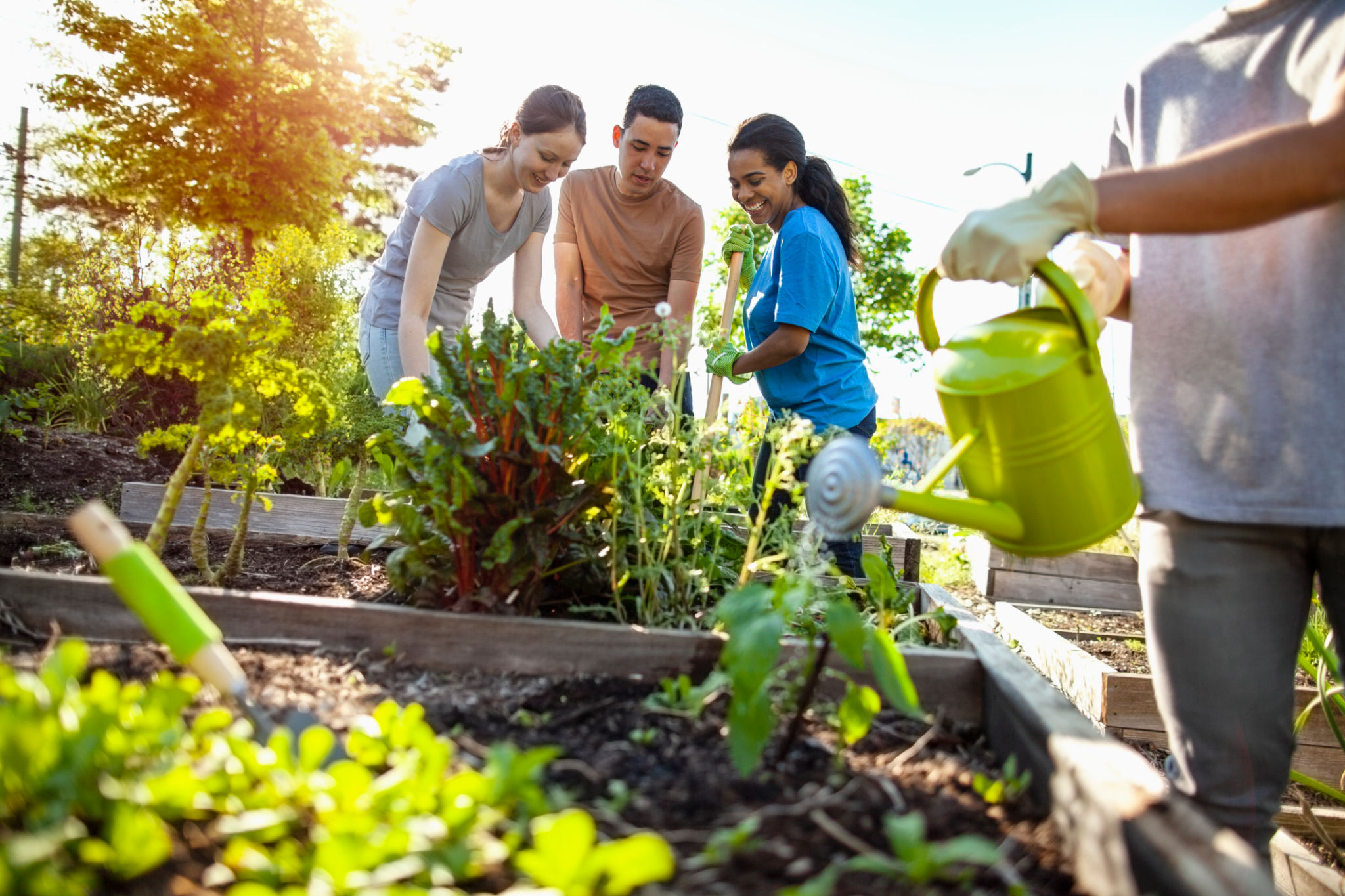Understanding Permaculture: A Beginner's Guide to Ecological Gardening
What is Permaculture?
Permaculture is a holistic approach to gardening and land management that emphasizes sustainability and ecological harmony. The term combines "permanent" and "agriculture," reflecting its focus on creating self-sustaining ecosystems. Unlike conventional gardening, permaculture designs are inspired by natural systems, aiming to work with nature rather than against it.
One of the core principles of permaculture is to create environments where plants, animals, and humans can thrive together. This approach not only benefits the gardener but also contributes to environmental health by reducing waste, conserving resources, and enhancing biodiversity.

The Principles of Permaculture
Permaculture is guided by a set of ethical and design principles that help practitioners make decisions that are environmentally sound and socially responsible. These principles include:
- Observe and Interact: Spend time understanding the land and its natural patterns.
- Catch and Store Energy: Use resources like sunlight and rainwater efficiently.
- Obtain a Yield: Ensure that your efforts produce useful returns.
- Apply Self-Regulation: Accept feedback to improve sustainability practices.
- Use and Value Renewable Resources: Favor sustainable materials over finite resources.

Designing Your Permaculture Garden
Designing a permaculture garden involves careful planning to maximize the use of available resources and space. Start by mapping your land, noting elements like sunlight, shade, water flow, and existing plants. This will help you plan where to place different elements of your garden.
Incorporate diverse plant species that complement each other, known as companion planting. For instance, pairing nitrogen-fixing plants with heavy feeders can enhance soil fertility naturally. Also, consider incorporating zones that cater to different needs, from intensive production areas close to your home to wild zones that promote biodiversity.

Water Management in Permaculture
Water is a crucial resource in permaculture, and effective management can significantly enhance your garden's productivity. Techniques such as rainwater harvesting, swales, and mulching help capture and utilize water efficiently. Swales, which are shallow trenches on contour lines, slow down water runoff and encourage absorption into the soil.
Mulching is another essential practice in permaculture. By covering the soil with organic materials like straw or leaves, mulch retains moisture, suppresses weeds, and enriches the soil as it decomposes. These strategies help create a resilient garden ecosystem that requires less artificial irrigation.
The Role of Animals in Permaculture
Animals play a vital role in permaculture systems by contributing to pest control, pollination, and nutrient cycling. Chickens, for example, can help manage insect populations while providing manure for composting. Bees are invaluable pollinators that enhance fruit and vegetable yields.
Integrating animals into your permaculture design requires considering their needs and ensuring they contribute positively to the ecosystem. This synergy leads to a more balanced and productive system where every element has a purpose.

Getting Started with Permaculture
For beginners interested in permaculture, starting small is key. Begin by implementing one or two principles in a small area of your garden. Observe the results and make adjustments as needed. Over time, you can expand your efforts and incorporate more complex permaculture techniques.
Educating yourself through books, online resources, or permaculture courses can provide valuable insights and inspiration. Connecting with local permaculture communities can also offer support and knowledge sharing as you embark on your ecological gardening journey.
The Benefits of Permaculture
Permaculture offers numerous benefits beyond growing food. It fosters a deeper connection with nature and promotes environmental stewardship. By reducing reliance on synthetic fertilizers and pesticides, permaculture contributes to healthier ecosystems and communities.
This approach also encourages resourcefulness and creativity, empowering individuals to make meaningful changes in their own backyards. As more people adopt permaculture practices, the collective impact can lead to significant positive changes for our planet.

